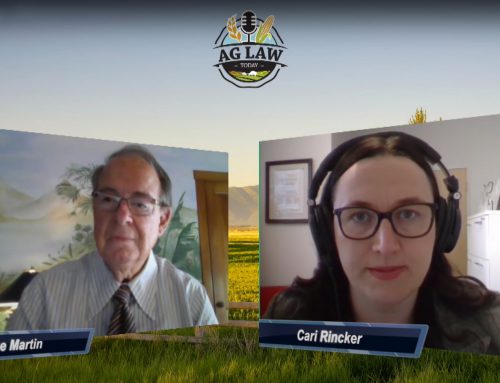The availability of information in this digital age has made it very easy to spread facts and data. However, it also makes it very easy to spread misinformation as well. When it comes to some Ag topics—such as fertilizers—the misinformation runs a bit deeper.
One main area of misinformation concerning fertilizers is that they aren’t natural or necessary. The truth of the matter is that fertilizers are needed to sustain Agriculture operations that feed the world’s populations. Nobel Peace Prize Winner Dr. Norman Borlaug said, “This is a basic problem, to feed 6.6 billion people. Without chemical fertilizer, forget it. The game is over.”
When plants grow, they require nutrients from the soil. This leaves the soil condition poor and devoid of the nutrients required to grow additional plant life. Fertilizers put those nutrients back into the soil. First up is Nitrogen. It helps plants grow strong, healthy leaves. A substantial part–78% to be exact—of our air is made of Nitrogen, so fertilizer companies extract it from the air and convert it into a usable form. Secondly, plants also need Phosphorus to promote the growth of roots, flowers, seeds, berries and vegetables. Phosphorus is found in all living things, so fertilizer companies are able to dig it out of the ground in the form of fossilized remains of ancient marine life. Lastly, there’s Potassium, which helps plants fight diseases and pests. When ancient seas evaporated, they left behind Potash Ore deposits, which fertilizer companies convert into a usable form for plants. These three—labeled on fertilizers as their elemental symbols N, P, and K—make up the bulk of most soil stimulants and nutrient-focused amenities.



